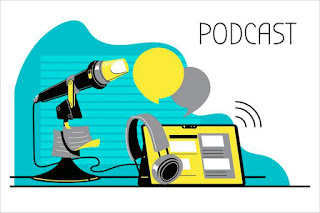ELECTRONIC COMMUNICATION
Electronic Communication
Electronic communication can be defined as the communication which uses electronic media to transmit the information or message using computers, e-mail, telephone, video calling, FAX machine, etc.This type of communication can be developed by sharing data like images, graphics, sound, pictures, maps, software, and many things.
Because of this e-communication, there is a lot of changes have occurred in work areas, society, etc. Thus, people can simply access global communication with no physical movement.
- Electronic mail (E-mail)
- Podcasting
- Instant Messaging
- Blogs
- Videoconferencing and telepresence
- Social Media
- Mobile business application
-A blog (a shortened version of “weblog”) is an online journal or informational website displaying information in reverse chronological order, with the latest posts appearing first, at the top.
-It is a
platform where a writer or a group of writers share their views on an
individual subject.
-Video conferencing is a technology that allows users in different locations to hold face-to-face meetings without having to move to a single location together.
-This technology is particularly convenient for business users in different cities or even different countries because it saves time, expenses, and hassles associated with business travel.
-Uses for video conferencing include holding routine meetings, negotiating business deals, and interviewing job candidates.
-There are a variety of ways video conferencing can be conducted—like using smartphones and tablets or via desktop computers.
-Video conferencing's main advantage over teleconferencing is
that users can see each other, which allows them to develop stronger
relationships. When a video conference is held for informal purposes, it is
called a video call or video chat.
Telepresence refers to a set of technologies which allow a person to feel as if they were present, to give the appearance of being present, or to have an effect, via telerobotics, at a place other than their true location.
Telepresence requires that the users' senses be provided with such stimuli as to give the feeling of being in that other location.
Additionally, users may be given the ability to affect the remote location. In this case, the user's position, movements, actions, voice, etc. may be sensed, transmitted and duplicated in the remote location to bring about this effect.
Therefore information may be traveling in both directions between the user and the remote location.
Difference between video conferencing and telepresence
-Many individuals will use social media to stay in touch and interact with friends and family, while others use it to communicate with different communities.
-Many businesses will use social media as a way to market
and promote their products.
-Social media has become larger and more accessible thanks to
access to mobile applications, with some examples of social media including
Twitter, Facebook, LinkedIn.













very interesting topic👍
ReplyDelete